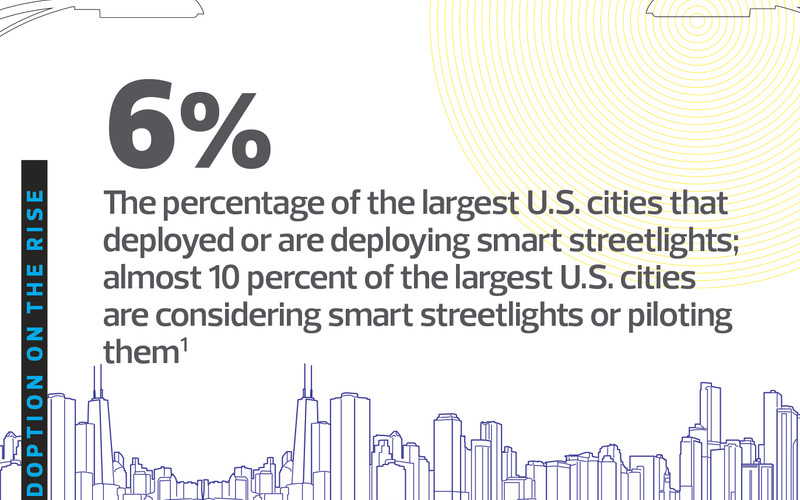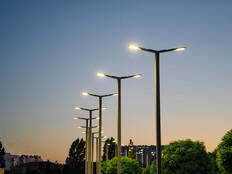Most cities today deploy energy-saving LED lights, but a growing number are going one step further by investing in smart, networked streetlight technology, analysts say.
Intelligent public lighting systems enable cities to remotely monitor and manage their streetlights, including brightening or dimming the lights. Smart LED lights have a longer lamp life, reduce carbon emissions and allow cities to respond to outages much quicker, says Nikola Ristivojevich, senior analyst at IDC.
“In addition to enabling cities to provide the proper amount of light for local street conditions, installing intelligent lighting will help improve citizen satisfaction regarding security and safety, while bringing municipalities significant savings in power consumption and lighting system maintenance,” he says.
Smart streetlights and smart poles also can serve as the backbone of smart city infrastructure and power Wi-Fi or 5G networks and Internet of Things devices, including video surveillance cameras and sensors that monitor weather, air quality, traffic and noise, such as gunfire, he says.
“This type of lighting system is recognized as a significant step in the development of smart cities,” Ristivojevich says.
How Chicago Is Using Its Smart Lights
Chicago’s smart streetlights will save the city $100 million over their first 10 years of operation. The technology also streamlines maintenance while delivering better service to Chicago residents, Biagi says.
The city installed control nodes on each streetlight that send data over a secure mesh network to the city’s data center, where it is processed by the city’s cloud-based streetlight software, says Craig Turner, deputy commissioner of CDOT’s electrical operations division.
The program integrates the cloud-based software with internal city applications, including 311 software for managing citizen complaints, to consolidate work orders and create a unified electronic workflow.
















